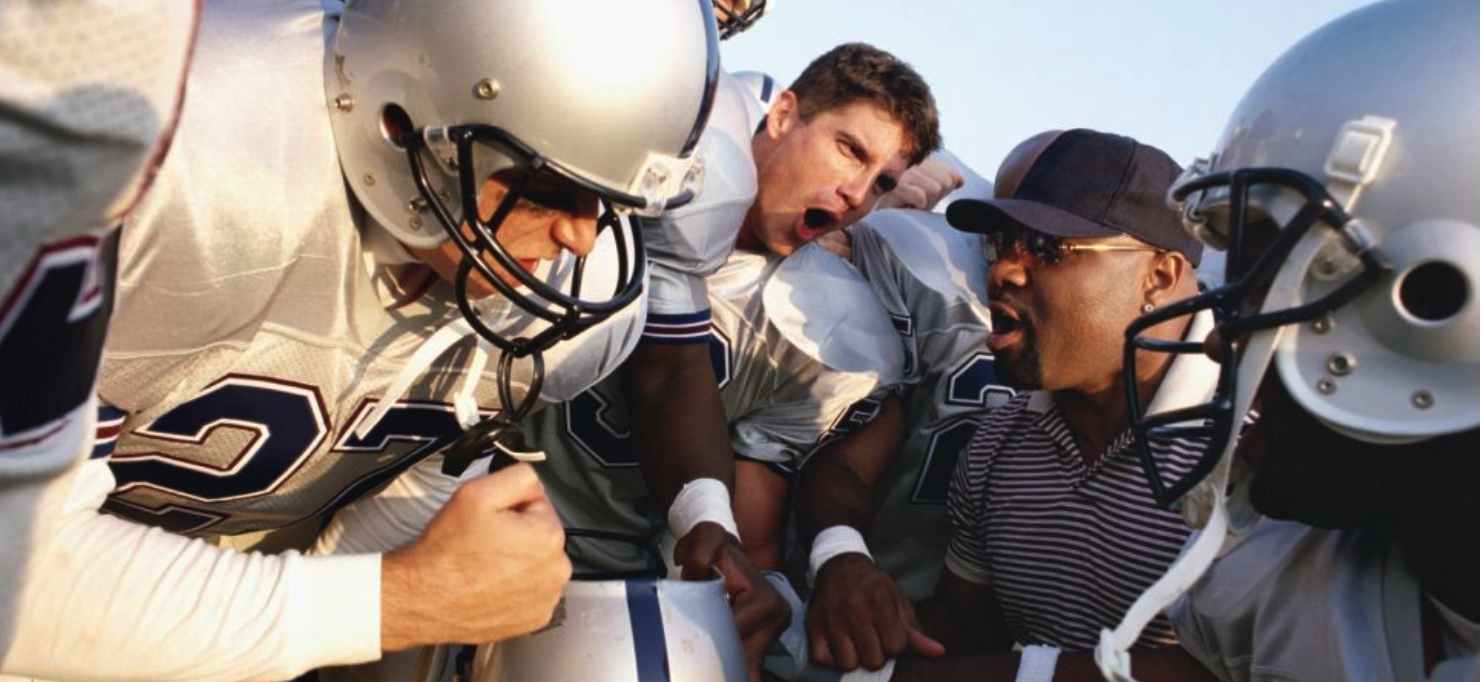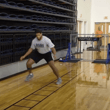Participation in high school athletics has been increasing year over year for 20 years. How many students do you think participate annually in high school athletics? To date, nearly 8 million students are involved in their high school sports programs. What percentage of those student athletes will go on to play in college? Only 6% (480,000), will compete at NCAA schools. But, there are other obstacles that programs have to face these days.
Successful programs don’t allow those numbers to effect the time, effort and resources needed to build some of the countries most desirable schools. When you visit these programs, you can feel the culture as you walk up and down the locker filled hallways. Joe McBride Athletic Director at prominent Coppell High School in Coppell, Texas understands the importance of establishing this atmosphere. “I’ve got a passion for coaching. I love coaching ball.” McBride said. “I love being on the sidelines and interacting with kids. But for me, I’m going to put that same passion into all the programs that spills out into every kid, not just the football kid.”
So, what challenges do high school coaches and Athletic Directors face everyday when trying to build their programs?
AAU Basketball, travel hockey, travel baseball, speed coach, shooting coach and sports performance coach. Sports outside of their high school teams. These are all outside factors that coaches and Athletic Directors have to be aware of when working with athletes when it’s their turn.
Strength and Conditioning Coach of Guyer High School (Denton, TX), Kyle Keeseunderstands the importance of this balancing act. “One of the biggest challenges I face is making sure I am careful with programming. Kids are doing so many activities outside of our doors these days. You have to be cognizant of what all they are involved in. The biggest opportunity is that you get to build a relationship with kids, and they know you are looking out for them and doing what’s best for them.”
With the seriousness of high school athletics increasing, some schools are investing in full time strength and conditioning positions. After all, most competitive programs spend a large percentage of their time in the weightroom. But, despite the amount of time here, not all schools are bought into this mindset yet. Most schools rely on their sports team coaches to play a role in the weightroom as well. This is a cause of concern because while they may be educated on the field of play in addition to the X’s and O’s aspect of the game, they may not be well versed in strength training.
Keese is in the minority when it comes to high school strength coaches, but certain organizations are hoping for a change. NHSSCA is an organization that highlights the importance of having knowledgeable and experienced coaches in the weight room (To learn more about NHSSCA visit their website here). “There needs to be more certified, quality strength and conditioning coaches in high school weight rooms. There are now certifications that coaches have to go through in order to teach a kid to tackle properly, but we will let anyone go in a weight room and train our athletes, sometimes with little or no background knowledge. This needs to be a top priority in all school districts.” Said Keese. Many people around high school athletics agree with Keese and trends are starting to move in that direction.
After all, it’s not about how many athletes move on to play with NCAA schools or how many athletes make it as a professional. Successful programs overcome adversity and find a way to connect with their athletes and coaches. When I asked Athletic Director McBride about the most rewarding part of his job, his response wasn’t how many games his football team won. McBride said, “Mentoring coaches to impact kids and community through well run programs.” So, What obstacles do you have to overcome in order to be the program you want to be?





















